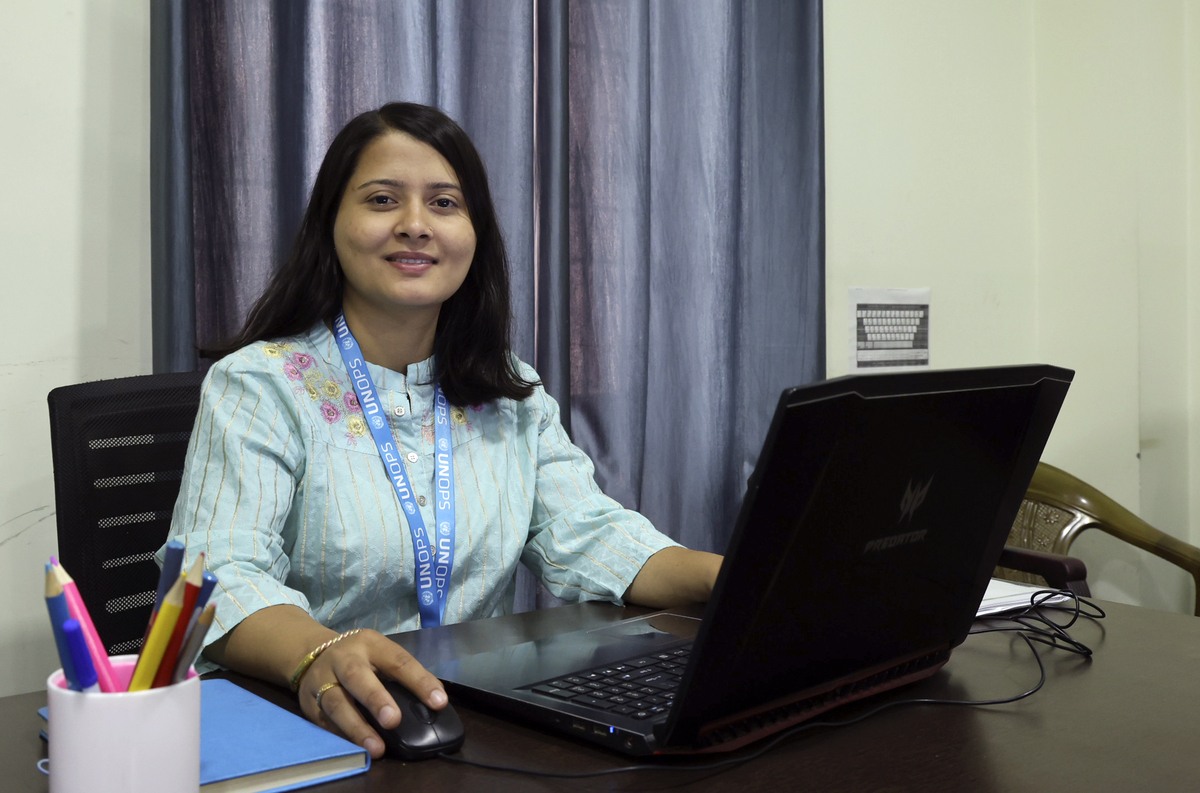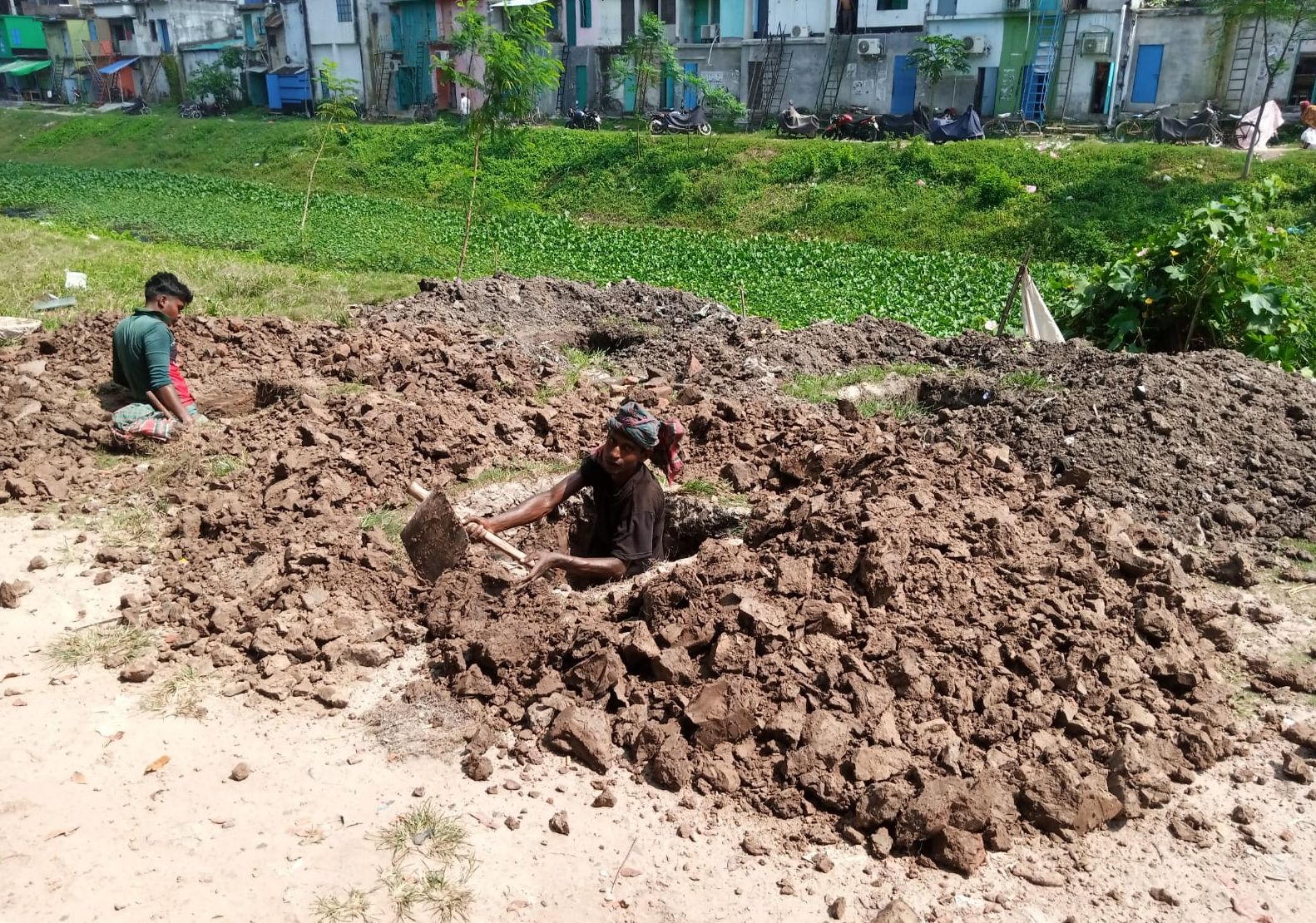Padma Aryal is an architect and urban planner from Kathmandu, Nepal. After graduating in architecture from Kathmandu Engineering College in 2019, she completed a Master’s in Urban Planning at Pulchowk Engineering Campus in 2022. She now works with UNOPS for the Cities 4 Women project and is based in Chandragiri, a municipality of about 140,000 people just west of Kathmandu.
Led by Nepal’s Ministry of Urban Development and supported by the European Union and the Government of Finland, the Cities 4 Women project supports inclusive and climate-resilient urban development. Jointly implemented by UNOPS, UN-Habitat, and Cities Alliance, the initiative works with seven secondary cities: Birendranagar, Chandragiri, Dhangadhi, Hetauda, Tilottama, Sunwal, and Tansen, to address the challenges of rapid urban growth and increasing climate vulnerability by planning, designing, and building public open spaces that are both gender-responsive and resilient.
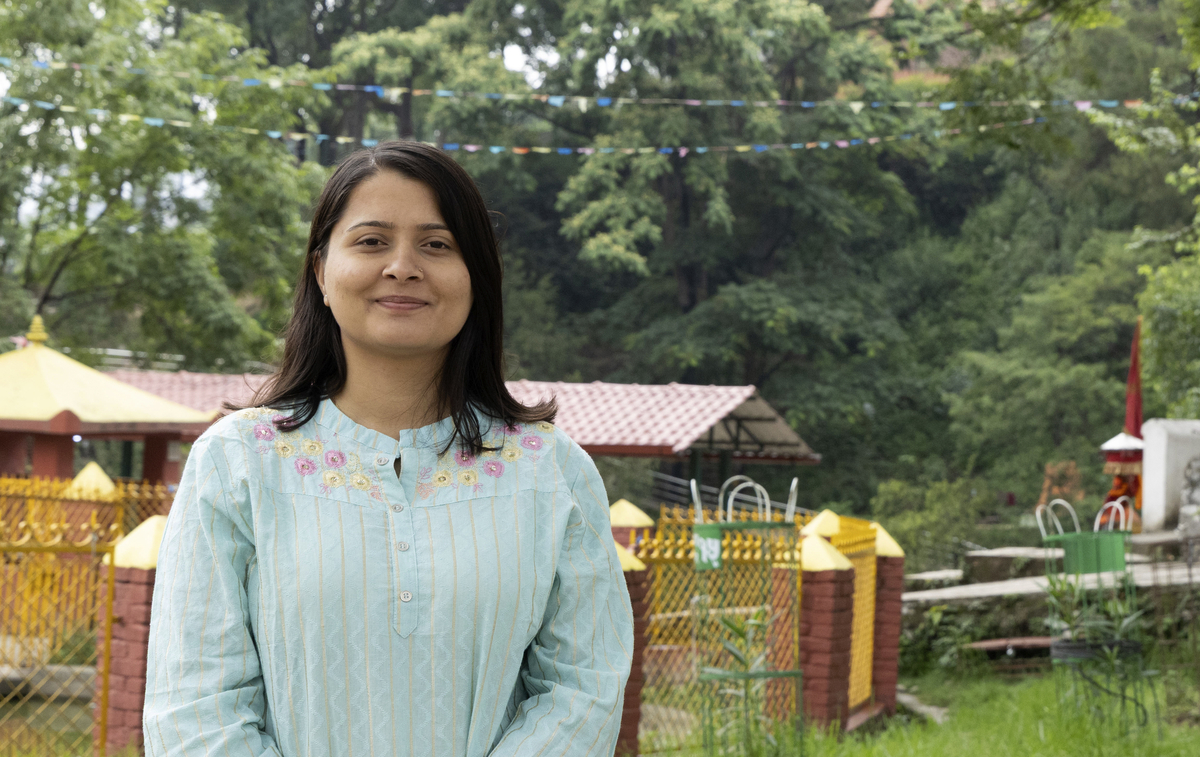
What drew you to a career in urban planning?
Even before my studies, I admired not just the aesthetics of buildings but also how they function and interact with one another. Travelling around Nepal, I saw how culture shapes design—the symmetry of temples and palaces, the intricate carvings on doors and windows, and how architecture reflects people’s needs. In college, I came to understand that architecture isn’t just about structures; it’s about listening to the people who use them. Being an architect and urban designer means creating spaces that truly matter in people’s lives.
I started as an architect focused on buildings, but over time, I became more interested in how structures relate to their surroundings. That curiosity led me to pursue a Master’s in urban planning.
Architecture isn’t just about structures; it’s about listening to the people who use them.
There are seven municipalities in the project, and I’m based in Chandragiri, where we're designing with communities seven public open spaces. From the start, we involved women, children, the elderly, people with disabilities, and those economically disadvantaged. Students who had never participated in a workshop before were especially grateful—they felt empowered to contribute and valued in the process.
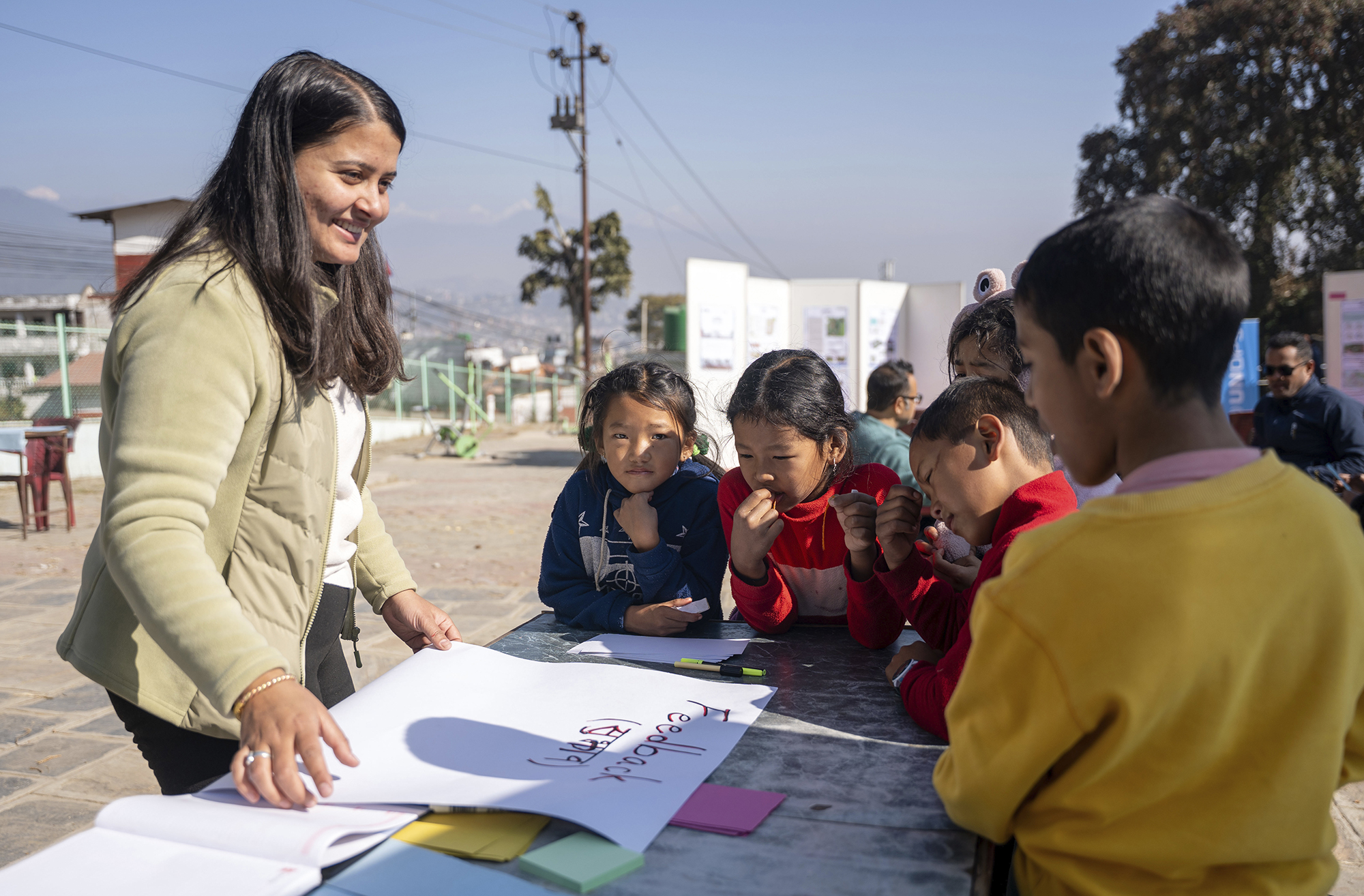
What kinds of input came from the community?
The suggestions were as diverse as the community itself. Women wanted secure areas with lighting, good visibility, and potentially CCTV, to feel safe while walking. They also wanted play areas for children, outdoor gym equipment, a badminton court, and toilets with sufficient sanitary items. They also asked for breastfeeding kiosks where they could breastfeed in privacy.
For their part, elderly people requested meditation and yoga spaces. People with disabilities wanted paths with ramps instead of steps, and handrails at the right height. People with visual impairments asked for tactile walkways so they could safely navigate the parks with a cane.
When a community is involved in the placemaking, usually the community takes better care of and maintains the neighborhood's public open spaces.
Getting this kind of broad community buy-in is key to sustainability. The community already feels ownership of the parks when the spaces get reconstructed and start being used in 2026.
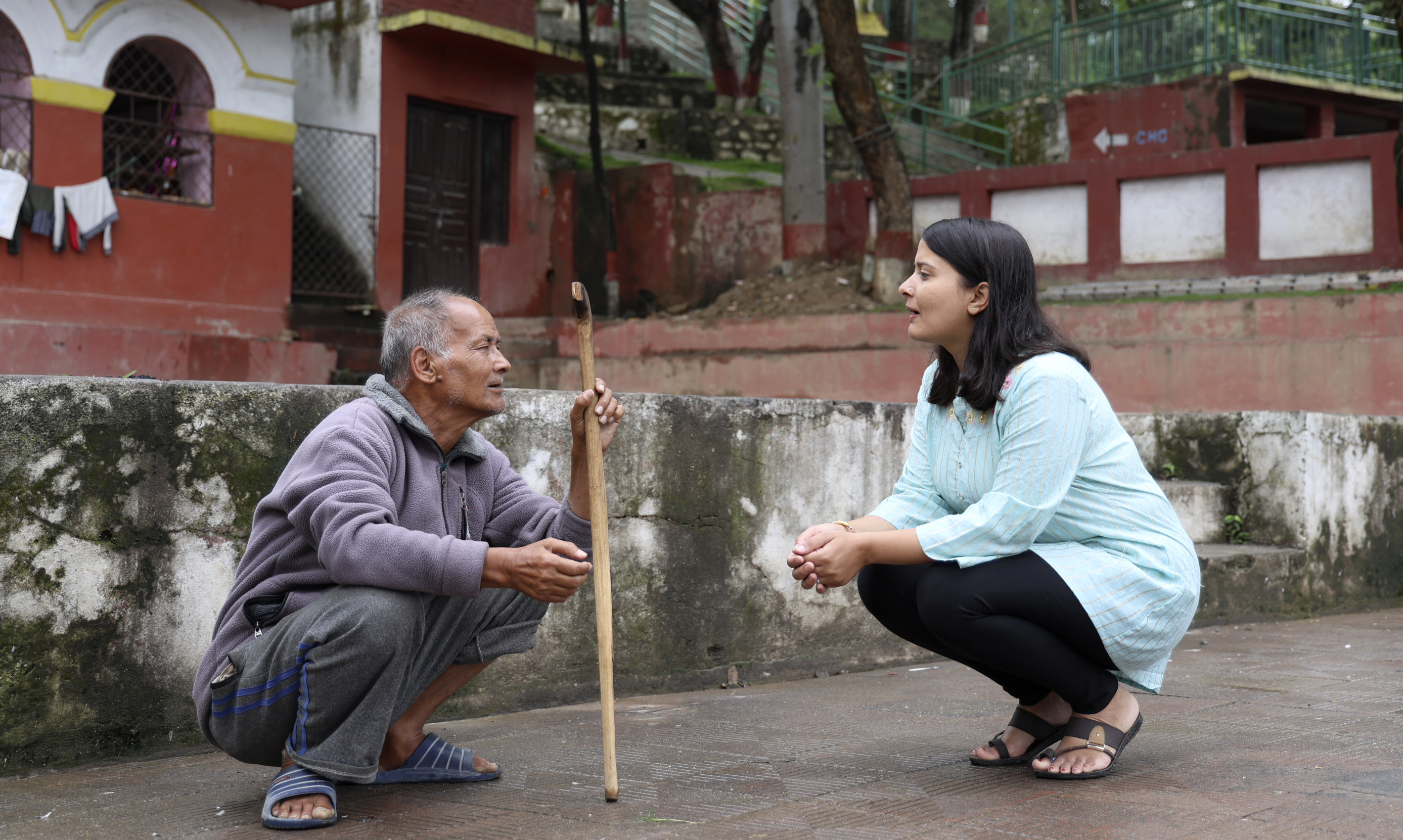
Only around 15–16 percent of engineers worldwide are women. What challenges did you face starting out?
Engineering interested me, but I was unsure about the decision to study it. At first, my parents didn’t support my decision. I asked them to believe in me and trust my choices. With dedication and hard work, I got a degree in architecture, did a Master’s in urban planning, and I now work as an urban planner for UNOPS.
Some male colleagues did not see me as equal, but that did not discourage me. I let my work speak for me.
In Nepal, the participation of women in engineering is even lower than the global average. It’s starting to change, but we need greater advocacy to bring girls into engineering.
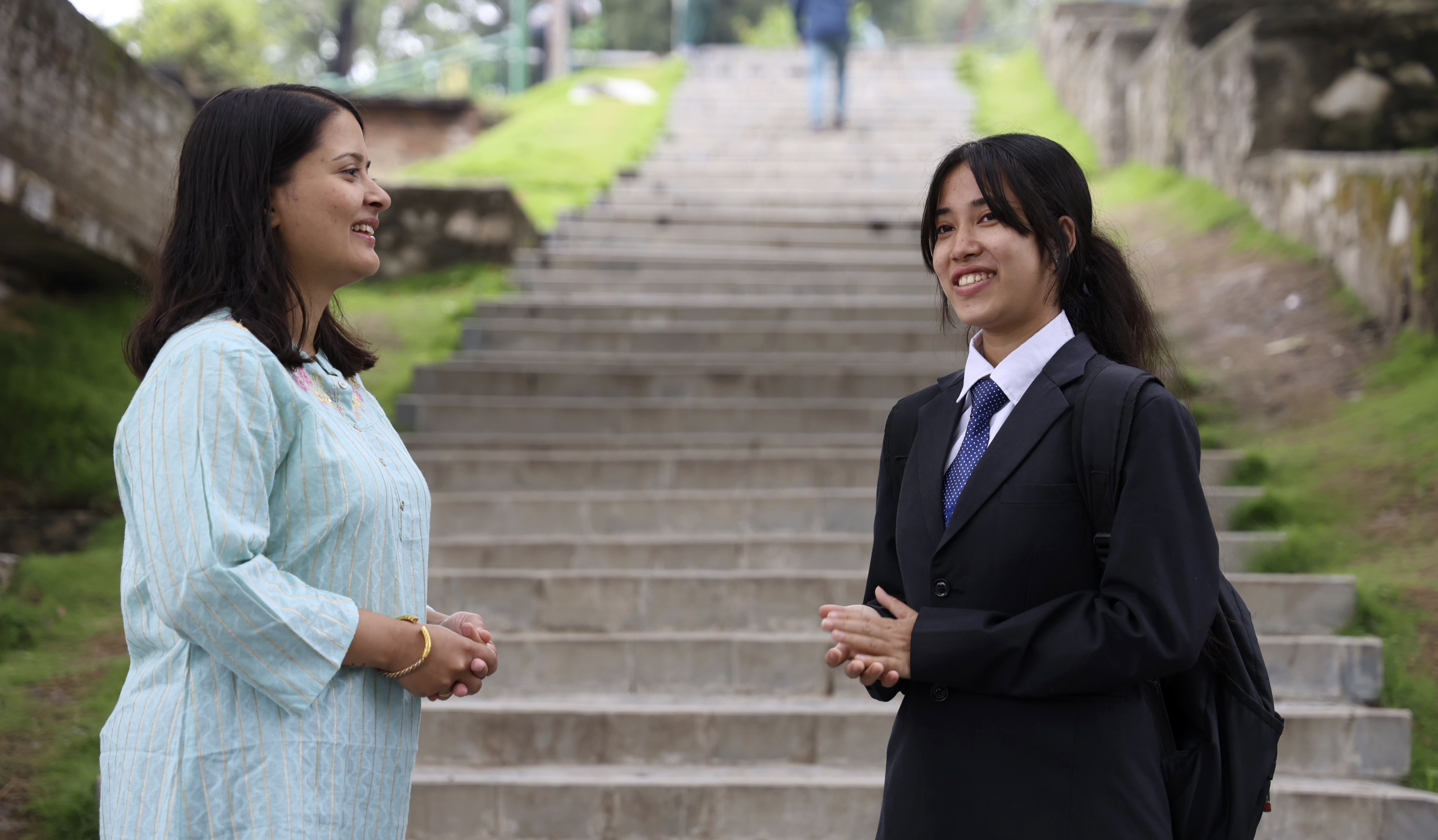
June 23 is International Women in Engineering Day.
What message do you have for girls thinking about a career in this field?
Believe in yourself and keep working toward your dreams. I know that in a male-dominated society, it can be difficult for women to take bold steps, but have courage and move forward. If we don't come forward, we can't raise our voices or address the challenges girls face in our communities.
You’ve seen how, over time, more girls are rising to higher positions and slowly bringing about change. The field of engineering needs more creative and dedicated minds like ours.
To every girl thinking about this career, I want you to know that you can do it, and you truly belong here.
Padma Aryal
